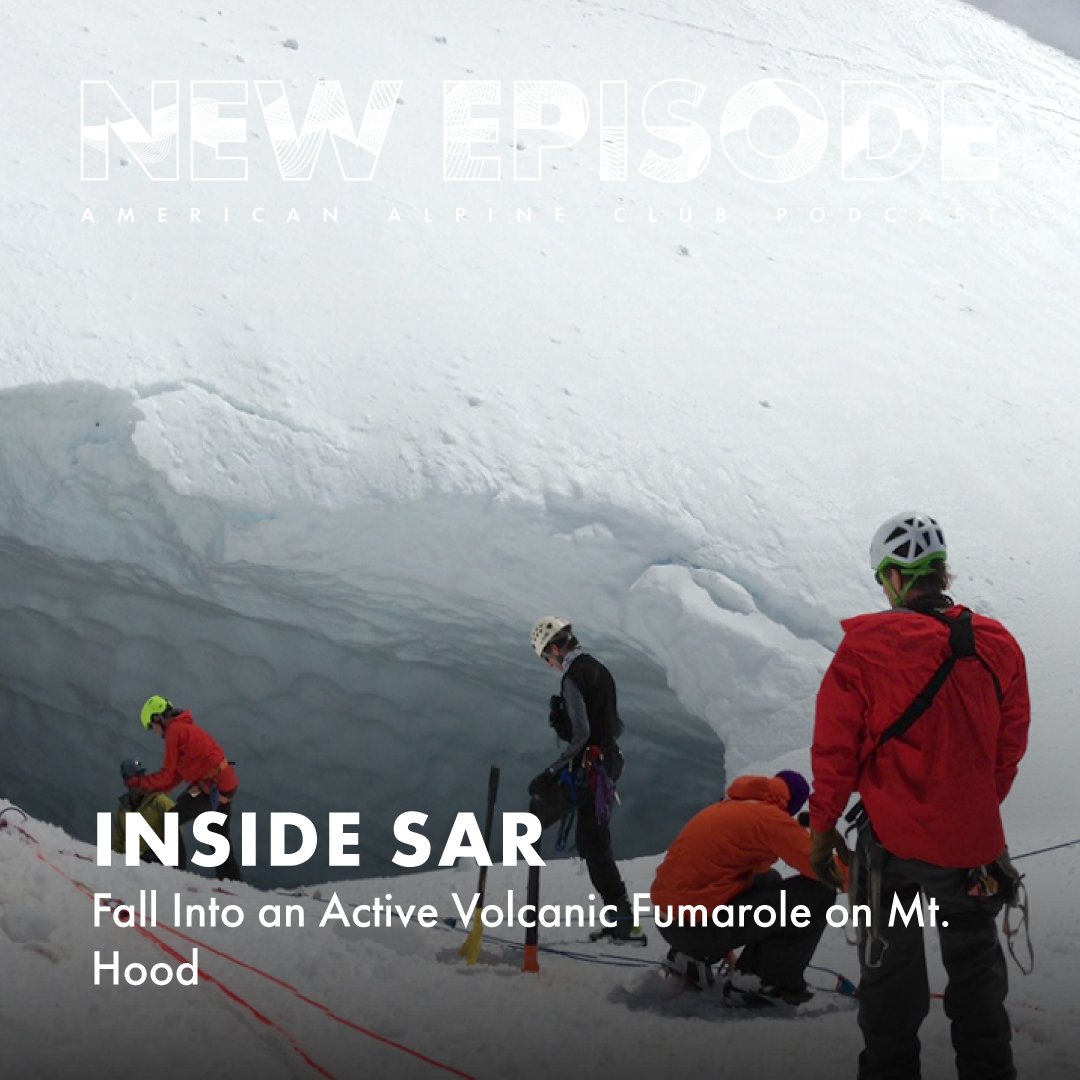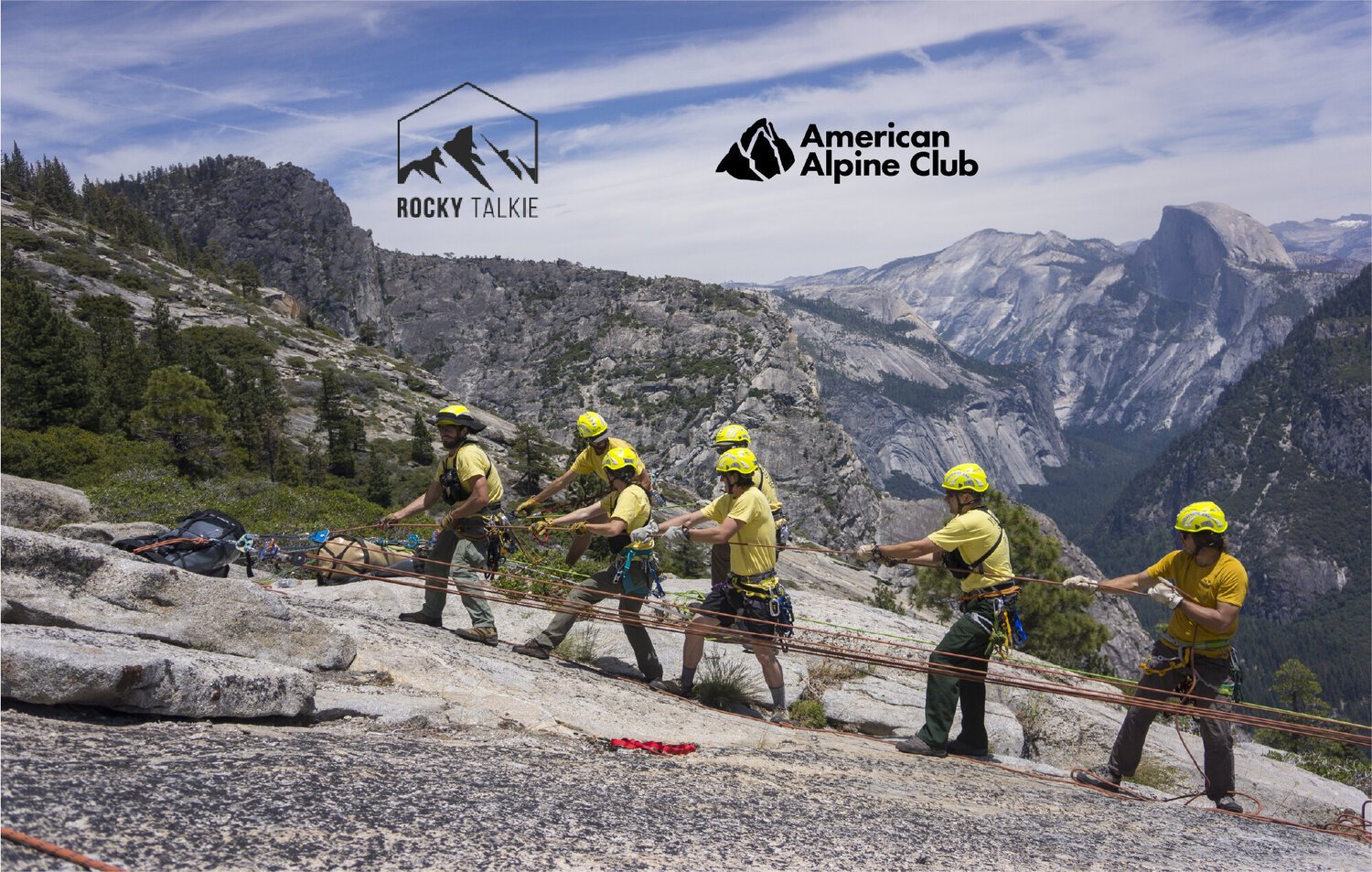Photo by AAC member Jon Glassberg.
This year, the featured winner of the Rocky Talkie Search and Rescue Award is the Black Canyon Search and Rescue team, who performed an incredibly technical rescue in 2023 in the Black Canyon, after a climber took a bad fall that left them unconscious, needing medical attention almost 2,000 ft down into the canyon. In this episode, we sit down to chat with Sean Hart, one of the SAR team members at the scene that day, who walks us through the unique challenges of climbing and rescuing in The Black, the harrowing rescue by Blackhawk helicopter, how critical communication is in rescues, and how to always have a plan B.
Learn more about the Rocky Talkie Search and Rescue Award, watch the film about this incredible rescue, and get the chance to give back to your local search and rescue team AND win some incredible gear by going to https://rockytalkie.com/pages/sar-award
Announcing the 2024 Rocky Talkie Search & Rescue Award Winners
We’re thrilled to partner with Rocky Talkie to announce the winners of the 2024 Search & Rescue Award. Through this grant, Rocky Talkie is donating $75,000 to six underfunded SAR teams across the nation. Read their stories and watch a film by Jon Glassberg about the Featured Rescue of the Year on Rocky Talkie’s website.
You can also enter to win $5,000 for your local Search and Rescue team plus a safety prize package for yourself through Rocky Talkie’s SAR Award giveaway when you visit their website.








